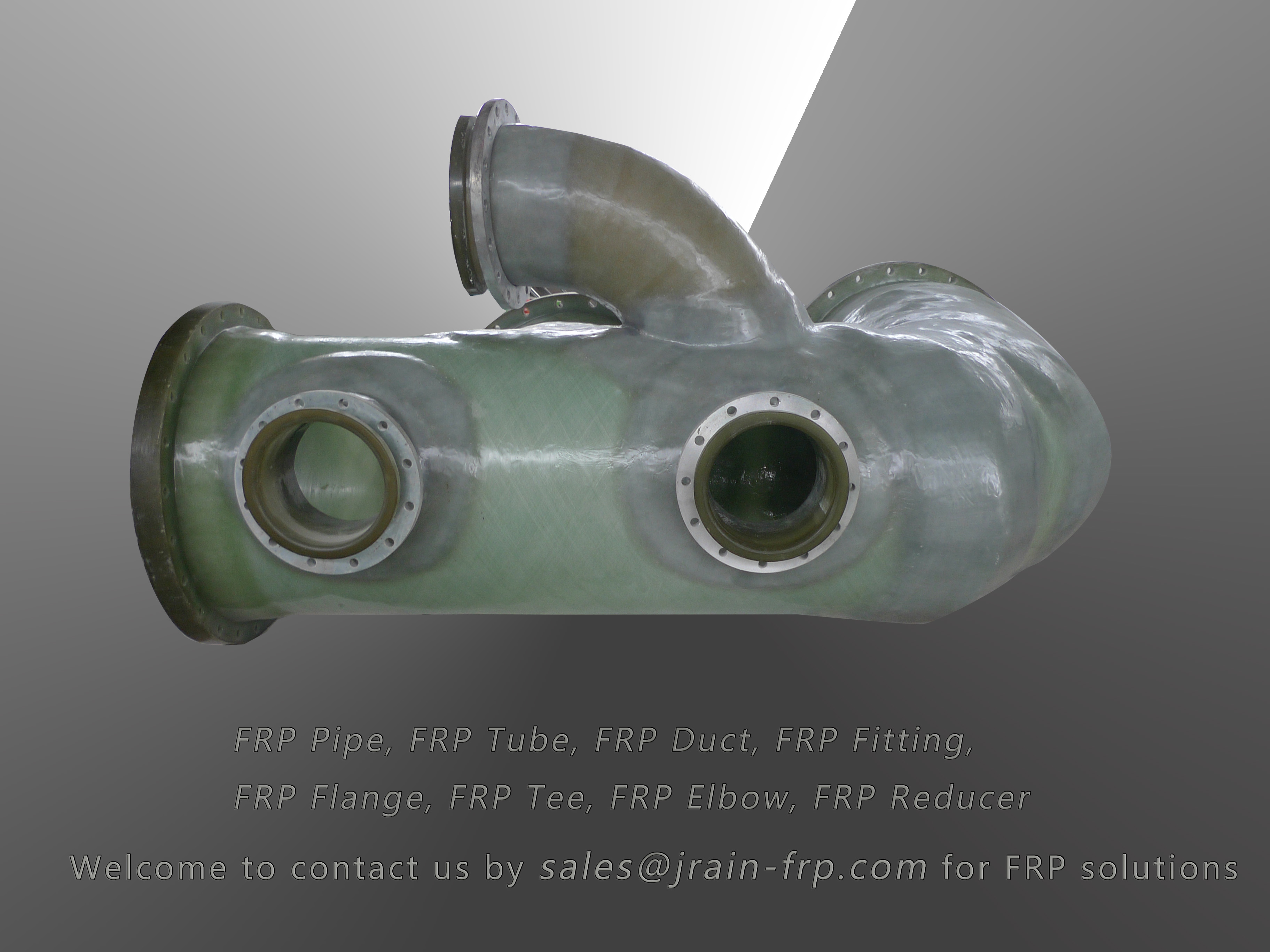
-
 Afrikaans
Afrikaans -
 Albanian
Albanian -
 Amharic
Amharic -
 Arabic
Arabic -
 Armenian
Armenian -
 Azerbaijani
Azerbaijani -
 Basque
Basque -
 Belarusian
Belarusian -
 Bengali
Bengali -
 Bosnian
Bosnian -
 Bulgarian
Bulgarian -
 Catalan
Catalan -
 Cebuano
Cebuano -
 China
China -
 China (Taiwan)
China (Taiwan) -
 Corsican
Corsican -
 Croatian
Croatian -
 Czech
Czech -
 Danish
Danish -
 Dutch
Dutch -
 English
English -
 Esperanto
Esperanto -
 Estonian
Estonian -
 Finnish
Finnish -
 French
French -
 Frisian
Frisian -
 Galician
Galician -
 Georgian
Georgian -
 German
German -
 Greek
Greek -
 Gujarati
Gujarati -
 Haitian Creole
Haitian Creole -
 hausa
hausa -
 hawaiian
hawaiian -
 Hebrew
Hebrew -
 Hindi
Hindi -
 Miao
Miao -
 Hungarian
Hungarian -
 Icelandic
Icelandic -
 igbo
igbo -
 Indonesian
Indonesian -
 irish
irish -
 Italian
Italian -
 Japanese
Japanese -
 Javanese
Javanese -
 Kannada
Kannada -
 kazakh
kazakh -
 Khmer
Khmer -
 Rwandese
Rwandese -
 Korean
Korean -
 Kurdish
Kurdish -
 Kyrgyz
Kyrgyz -
 Lao
Lao -
 Latin
Latin -
 Latvian
Latvian -
 Lithuanian
Lithuanian -
 Luxembourgish
Luxembourgish -
 Macedonian
Macedonian -
 Malgashi
Malgashi -
 Malay
Malay -
 Malayalam
Malayalam -
 Maltese
Maltese -
 Maori
Maori -
 Marathi
Marathi -
 Mongolian
Mongolian -
 Myanmar
Myanmar -
 Nepali
Nepali -
 Norwegian
Norwegian -
 Norwegian
Norwegian -
 Occitan
Occitan -
 Pashto
Pashto -
 Persian
Persian -
 Polish
Polish -
 Portuguese
Portuguese -
 Punjabi
Punjabi -
 Romanian
Romanian -
 Russian
Russian -
 Samoan
Samoan -
 Scottish Gaelic
Scottish Gaelic -
 Serbian
Serbian -
 Sesotho
Sesotho -
 Shona
Shona -
 Sindhi
Sindhi -
 Sinhala
Sinhala -
 Slovak
Slovak -
 Slovenian
Slovenian -
 Somali
Somali -
 Spanish
Spanish -
 Sundanese
Sundanese -
 Swahili
Swahili -
 Swedish
Swedish -
 Tagalog
Tagalog -
 Tajik
Tajik -
 Tamil
Tamil -
 Tatar
Tatar -
 Telugu
Telugu -
 Thai
Thai -
 Turkish
Turkish -
 Turkmen
Turkmen -
 Ukrainian
Ukrainian -
 Urdu
Urdu -
 Uighur
Uighur -
 Uzbek
Uzbek -
 Vietnamese
Vietnamese -
 Welsh
Welsh -
 Bantu
Bantu -
 Yiddish
Yiddish -
 Yoruba
Yoruba -
 Zulu
Zulu
frp insulation tank
The Benefits of FRP Insulation Tanks
In recent years, the adoption of Fiber Reinforced Plastic (FRP) insulation tanks has gained significant traction across various industries, including chemical processing, oil and gas, and food and beverage. These tanks, characterized by their excellent durability and thermal properties, offer several advantages over traditional materials, making them an attractive choice for companies looking to optimize their operations.
What is FRP?
Fiber Reinforced Plastic (FRP) is a composite material made of a polymer matrix reinforced with fibers, typically glass, carbon, or aramid. The integration of these fibers enhances the mechanical properties of the polymer, resulting in a lightweight yet strong material that is resistant to corrosion, chemical attacks, and extreme temperatures. These qualities make FRP an ideal choice for manufacturing insulation tanks that require both structural integrity and thermal performance.
Advantages of FRP Insulation Tanks
1. Corrosion Resistance One of the standout features of FRP is its inherent resistance to corrosion. Traditional materials like steel or concrete are susceptible to rust and deterioration when exposed to harsh chemicals or varying temperatures. FRP insulation tanks, on the other hand, maintain their integrity even in aggressive environments, significantly reducing maintenance costs and downtime.
2. Thermal Insulation Effective thermal insulation is crucial for many industries, especially those that deal with temperature-sensitive materials. FRP insulation tanks are designed to minimize heat loss or gain, ensuring that the contents maintain their desired temperature. This capability not only enhances energy efficiency but also improves product quality and extends shelf life.
frp insulation tank

3. Lightweight and Easy to Handle Compared to traditional materials, FRP is significantly lighter, making installation and transportation much easier. This lighter weight translates to savings in shipping and handling costs, as well as reduced structural support requirements at the installation site.
4. Longevity and Durability FRP insulation tanks are designed to last. Their resistance to weathering, UV exposure, and extreme temperatures ensures that they can withstand the test of time without significant degradation. This longevity increases the return on investment, as companies do not need to frequently replace their tanks.
5. Customizability FRP can be molded into various shapes and sizes, allowing for greater flexibility in design. This adaptability means that manufacturers can create tanks tailored to specific operational requirements, maximizing efficiency and space utilization within facilities.
6. Reduced Environmental Impact As the world shifts towards more sustainable practices, the relevance of FRP insulation tanks becomes increasingly apparent. Their longevity and resistance to corrosion mean fewer resources are consumed over time, which aligns with environmental sustainability goals. Additionally, since FRP does not leach harmful substances, it contributes to a safer operational environment.
7. Cost-Effective Solution While the initial investment for FRP insulation tanks may be higher than that for traditional materials, the long-term savings are significant. Factors such as reduced maintenance costs, increased efficiency, and lower energy consumption can lead to substantial financial benefits over the lifespan of the tank.
Conclusion
In summary, FRP insulation tanks present a compelling solution for industries that require reliable storage and thermal management systems. Their unique blend of durability, insulation efficiency, and resistance to corrosion makes them an ideal choice for modern applications. As companies continue to prioritize sustainability, efficiency, and safety, the use of FRP insulation tanks is poised to become even more widespread. Investing in this innovative technology can not only improve operational efficiency but also contribute to a more sustainable future.
Latest news
-
Exploring the Benefits of Top Hammer Drifter Rods for Enhanced Drilling PerformanceNewsJun.10,2025
-
High-Precision Fiberglass Winding Machine for GRP/FRP Pipe Production – Reliable & Efficient SolutionsNewsJun.10,2025
-
FRP Pipes & Fittings for Shipbuilding - Corrosion-Resistant & LightweightNewsJun.09,2025
-
Premium FRP Flooring Solutions Durable & Slip-ResistantNewsJun.09,2025
-
Premium Fiberglass Rectangular Tanks Durable & Lightweight SolutionNewsJun.09,2025
-
Tapered Drill String Design Guide Durable Performance & UsesNewsJun.09,2025









